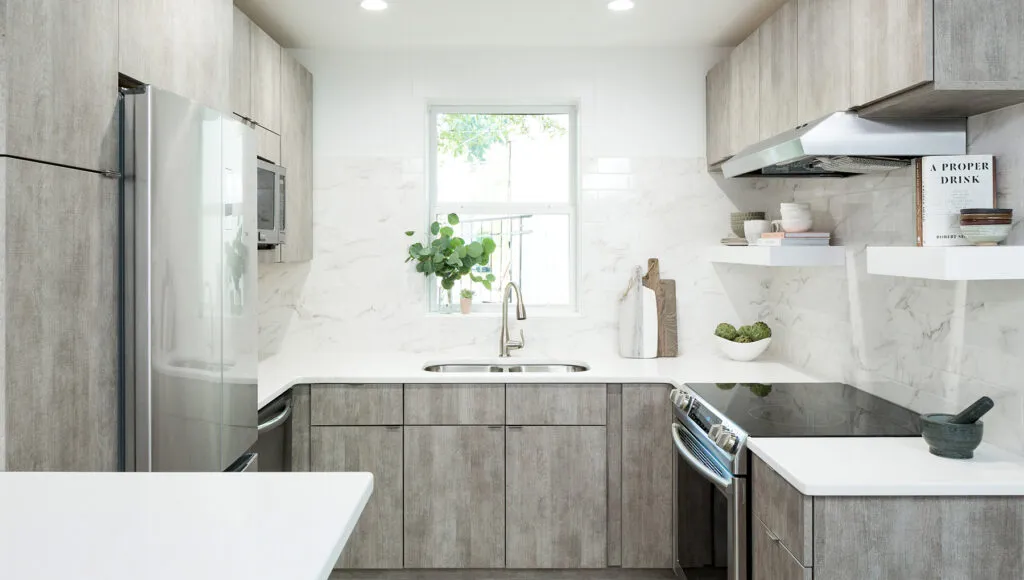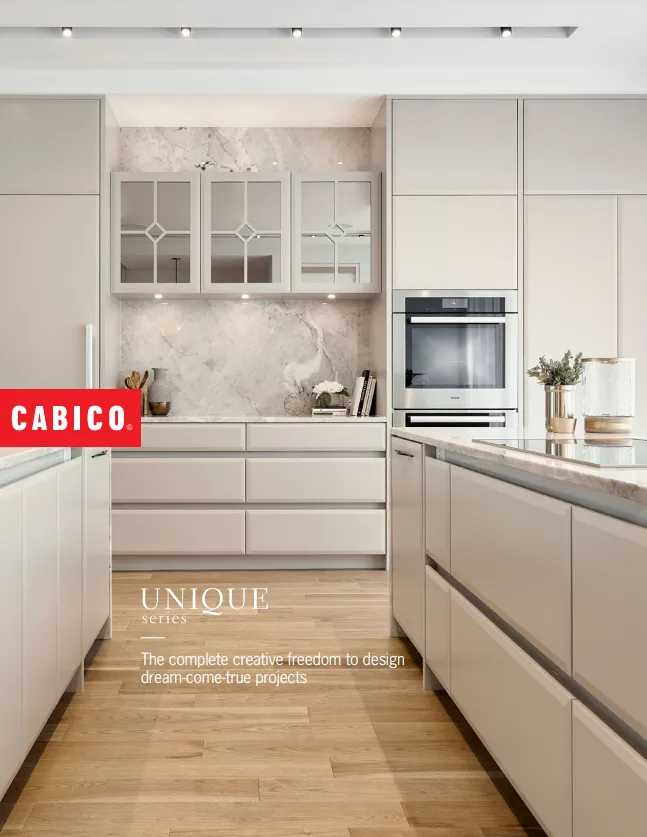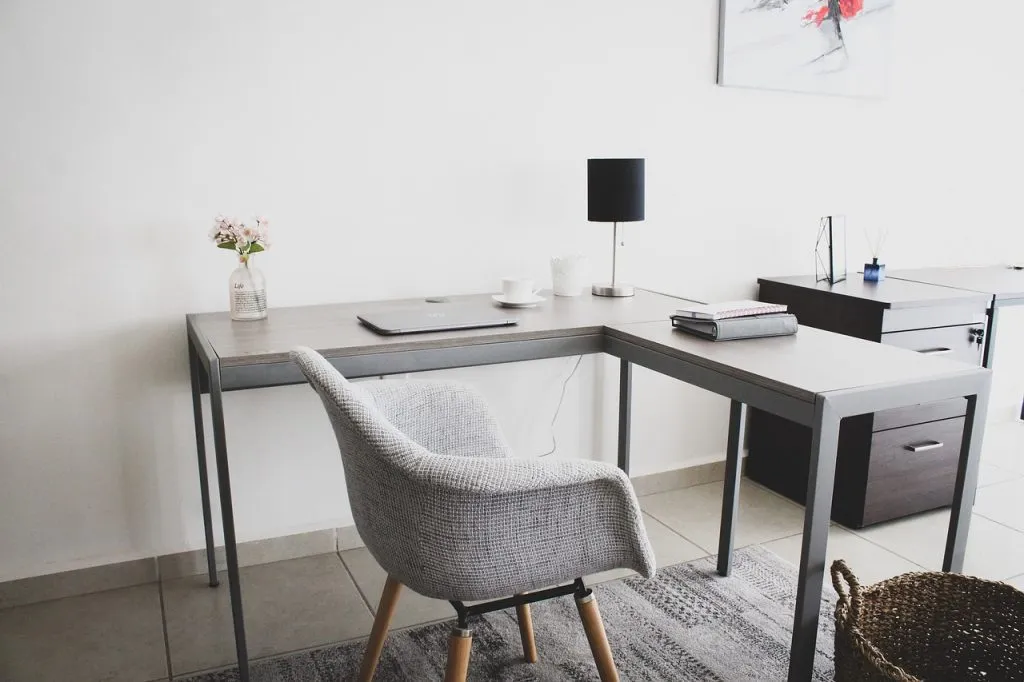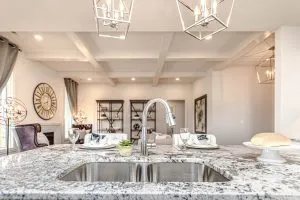Introduction:
In recent times, the concept of working from home has become increasingly popular, making the creation of a productive and inspiring home office essential. Whether you’re a remote worker, freelancer, or a student, having a well-designed workspace can significantly impact your focus, productivity, and overall well-being. In this blog post, we will share practical tips and ideas to help you create the perfect home office that combines functionality, comfort, and aesthetics. Let’s dive in and discover how to design an optimal workspace right in the comfort of your own home!
Select the Right Location:
Choosing the right location for your home office is crucial. Look for a quiet area with minimal distractions, away from high-traffic areas. Ideally, select a room with natural light, as it can boost your mood and productivity. If you don’t have a separate room, consider utilizing a corner or nook in your living space and use room dividers or curtains to create a dedicated work area.
 Invest in Ergonomic Furniture:
Invest in Ergonomic Furniture:
Investing in ergonomic furniture is essential for maintaining good posture and preventing discomfort or strain during long hours of work. Start with a comfortable, adjustable chair that supports your back and promotes proper alignment. Pair it with a desk that provides ample workspace and allows for proper ergonomics, such as adjustable height options.
Prioritize Natural and Task Lighting:
Good lighting is crucial for a productive workspace. Utilize natural light as much as possible by positioning your desk near a window. If natural light is limited, incorporate task lighting with adjustable desk lamps to minimize eye strain. Consider using energy-efficient LED bulbs that provide bright, focused light.
Declutter and Organize:
A cluttered workspace can hinder productivity and create a sense of chaos. Keep your home office tidy and organized by decluttering regularly. Invest in storage solutions like shelves, cabinets, or desk organizers to keep essentials within reach while maintaining a clean and uncluttered workspace. Use cable management systems to keep cords and wires neat and organized.
Personalize and Inspire:
Make your home office a space that inspires and motivates you. Display artwork, motivational quotes, or photographs that resonate with you. Incorporate plants or greenery to bring life and freshness to your workspace. Choose a color scheme that promotes focus and creativity, such as soothing blues or energizing yellows. Make it a reflection of your personality and preferences.
Create a Functional Layout:
Design a layout that enhances workflow and efficiency. Position your desk in a way that allows easy access to frequently used items. Consider the workflow from entering the room to sitting at your desk and ensure there are no obstacles. Arrange storage solutions and supplies strategically, keeping frequently used items within arm’s reach.
 Incorporate Sound Control:
Incorporate Sound Control:
Noise can be a significant distraction when working from home. Incorporate sound control elements to minimize disruptions. Use noise-cancelling headphones or consider adding soft furnishings like rugs, curtains, or acoustic panels to absorb sound. Background noise or white noise machines can also help create a focused and calm environment.
Enhance Technology and Connectivity:
Ensure your home office is equipped with reliable and efficient technology. Invest in a high-speed internet connection, a dedicated work phone line if necessary, and a reliable computer or laptop. Consider ergonomic accessories like an adjustable monitor stand or keyboard to optimize comfort while working.
Conclusion:
Creating the perfect home office is an investment in your productivity, focus, and overall well-being. By following these practical design tips, you can transform any space into an inspiring and functional workspace. Remember to prioritize comfort, organization, and personalization to create an environment that supports your work goals. With a well-designed home office, you can maximize your productivity, achieve work-life balance, and enjoy the benefits of remote work.

















